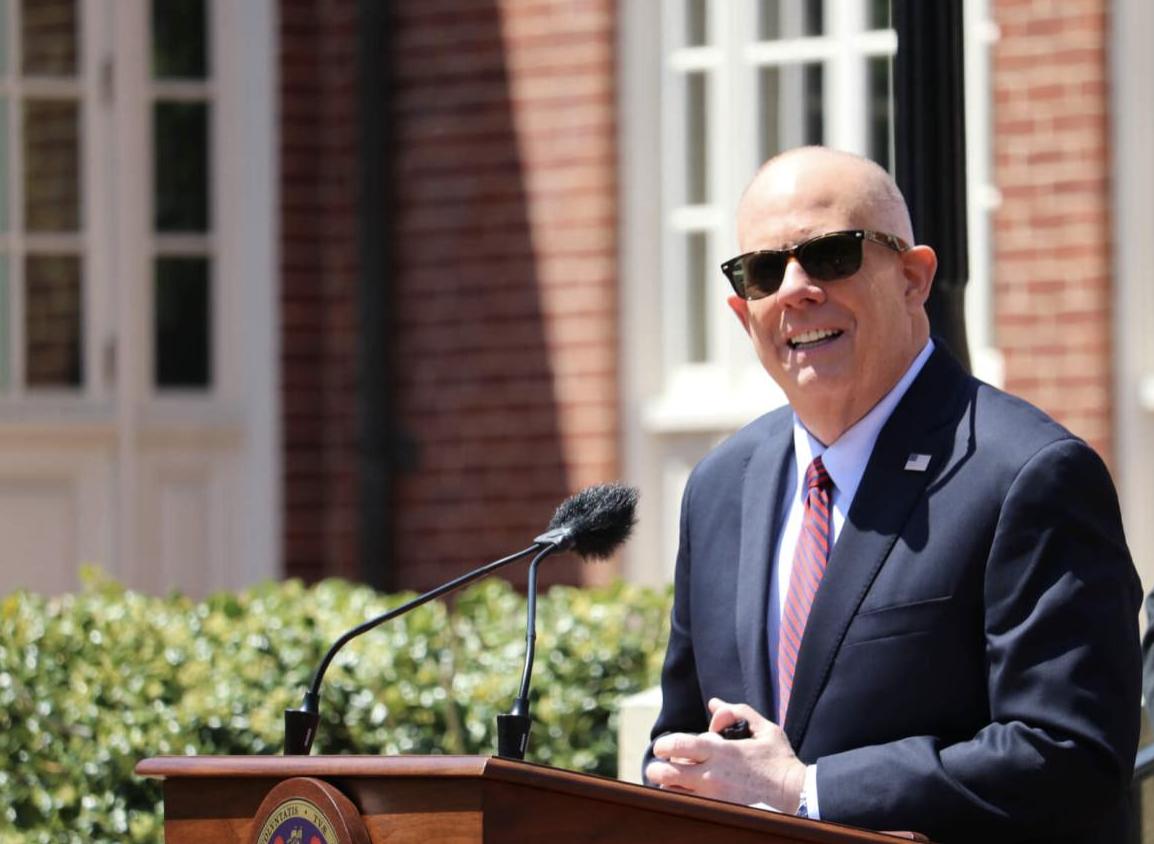Gov. Lawrence J. Hogan Jr. (R) announced the forthcoming end of the Maryland public health emergency on Tuesday — one year, 3 months and 10 days since the first cases of COVID-19 were confirmed have reached the state.
“With all of this amazing progress and thanks, in large part, to the hard work, sacrifices and the vigilance of the people in Maryland, we have finally reached the light at the end of that long tunnel,” Hogan said at a news conference Tuesday afternoon.
On March 5, 2020, Hogan announced three positive cases of COVID-19, initiating the beginning of the state of emergency.
After 461,392 positive cases, 9,742 deaths and 18 executive renewals, the state of emergency will officially end July 1, doing away with suspended state regulations and mask mandates.
Private business owners and other facilities reserve the right to require patrons to be masked inside of their establishments.
“But there will not be any legal mandate from the state for wearing masks at any location anywhere in the state,” said Hogan, who added that masking will not be required at public schools, summer camps and childcare facilities.
It wasn’t immediately clear whether local school systems will be able to maintain stricter mask requirements.
The governor also announced Tuesday that the state will be extending a 45-day grace period for residents to update documents, like driver’s licenses, and the eviction moratorium.
Both of these grace periods will end on Aug. 15.
“Every single day since that day, last March, together, we have faced immense and unprecedented challenges,” Hogan said. “We’ve been through so much over the past 15 months. But just look at how far we’ve come together to reach this hopeful point.”
Hogan reflected on the state’s success in creating an infrastructure to fight the virus, from reopening closed hospitals to standing up a network of thousands of contact tracers to slow the virus’ spread.
According to the Department of Health’s COVID-19 dashboard, more than 3.1 million Marylanders have been fully vaccinated.
More than 6.5 million doses have been administered, “not only meeting but exceeding our goal of reaching 70% of all adults [at least partially] vaccinated by Memorial Day,” Hogan said.
While he announced the end of the state of emergency, Hogan implored unvaccinated Marylanders to get the vaccine, stressing that as things return to normal people are still at risk of contracting the virus and its variants.
“At this point, there’s simply no excuse for not getting vaccinated,” he said. “Vaccines are safe, they’re effective and they’re readily available everywhere.”
By Hannah Gaskill





